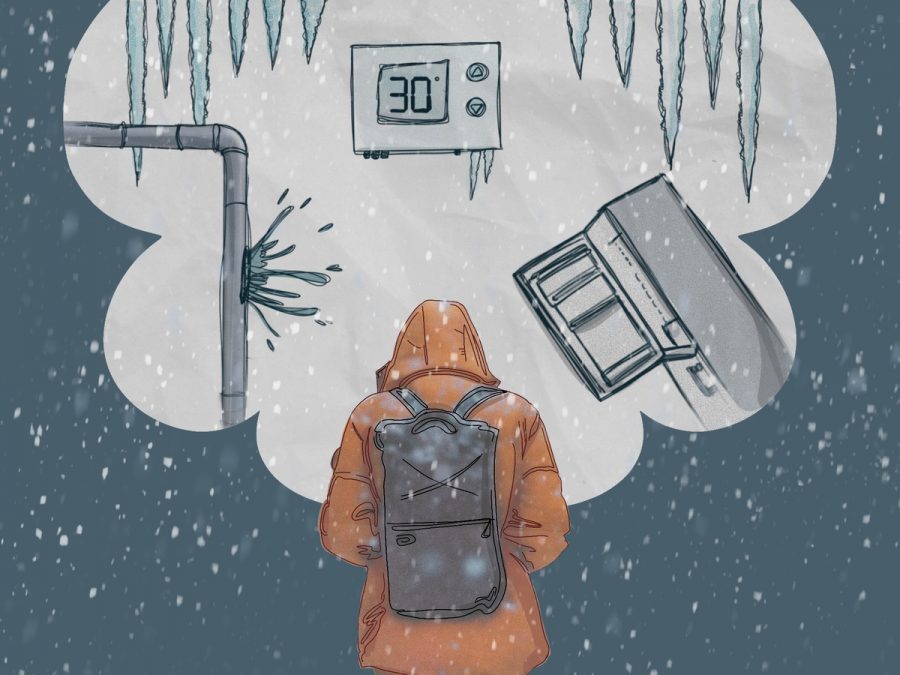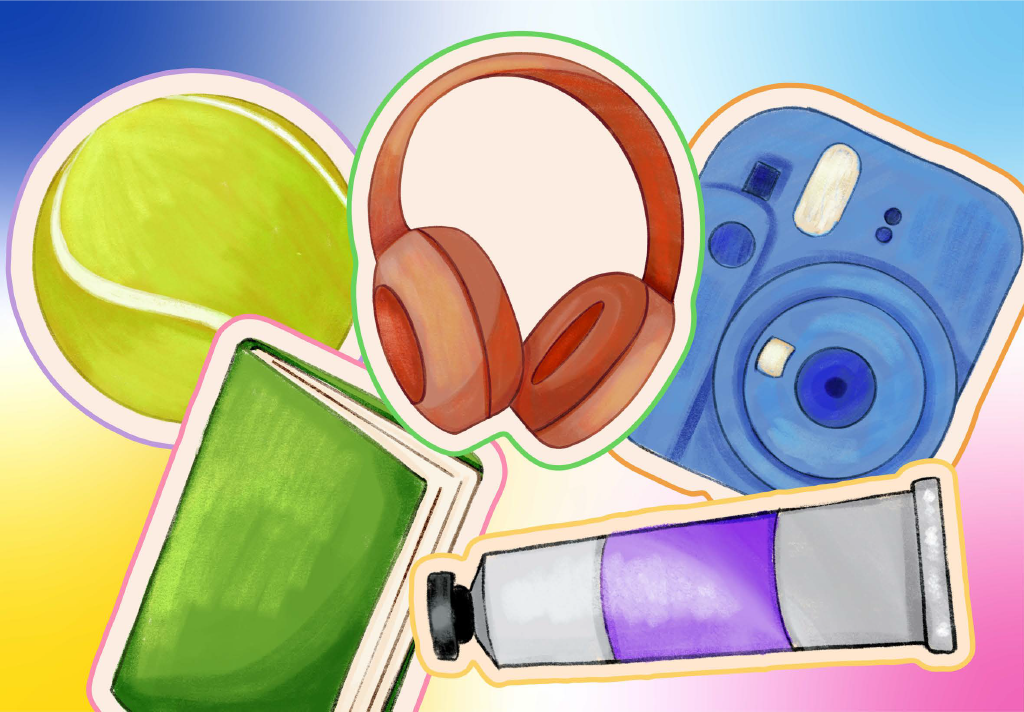As our community copes with the effects of the recent winter storm, UT must focus on preparing for future storms. The University, like most of the state, lacked basic winter weather resources and infrastructure. Given the realities of climate change, winter storms could become a regular occurance in the future.
In order to ensure the safety of its students, the University must update their winter infrastructure and storm preparedness through the accumulation of resources such as salt, snow plows and shovels.
One major issue that UT was unprepared for was ice on campus.
Many students who had to leave their dorms or apartments to make the treacherous journey for food and water fell and were injured due to the icy sidewalks. Since the icy roads also made it difficult for emergency vehicles to get to campus, students did not have access to immediate aid.
“I was walking, because I didn't have water, to (Gregory Gym) to use the bathroom, and I basically twisted my knee,” biochemistry freshman Rehana Shaik said. “I wasn't able to get up for a while, but I did and it still aches a little now. I would have preferred if they had salted the sidewalks or shoveled it — especially coming up to Jester.”
If UT had prepared resources such as salt, snow plows and shovels in advance, students like Shaik might not have injured themselves.
This cannot happen again. In the future, UT must have resources to deal with ice on campus to keep students safe.
According to Jimmy Johnson, the assistant vice president for campus safety, UT did have certain measures in place to remove ice in areas where traffic was anticipated.
“During the storm, teams applied an environmentally safe ice melting agent in those areas,” Johnson said. “They also used an environmentally safe torch typically used for weed removal to melt ice in high traffic areas. University Housing and Dining teams applied an ice melting agent in high traffic areas near residential halls (entry ways, exits, stairs and walkways to the main sidewalks), … (and) also spread granules that assist in melting ice in those same areas.”
However, seeing as many students fell or were badly injured on campus, the current approach is not enough. Just using weed torches to melt the ice does not prevent students from falling on slick sidewalks or keep melted ice from refreezing. Furthermore, it does nothing to stop the snow from falling and piling up there in the first place.
Additionally, emergency vehicles were not able to move through campus due to snow, which salting the roads or using snow plows could have easily prevented.
Although many students went through much more than just slipping on ice, and a lot of work still needs to be done at the state level, taking small actions to prepare makes a big difference.
When the next winter storm hits, I hope that UT makes sure students do not have to endure the same struggles.
Purchatzke is a biochemistry freshman from Boerne, Texas.





















